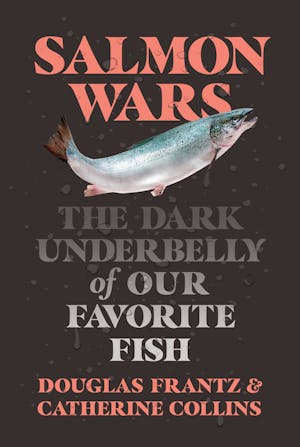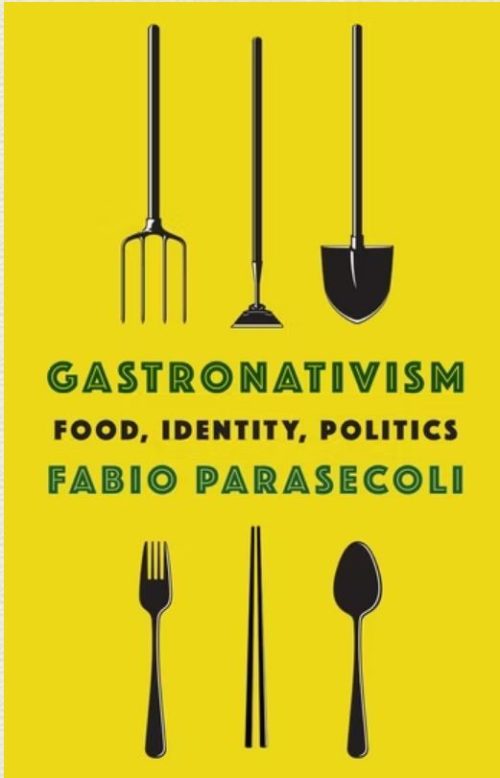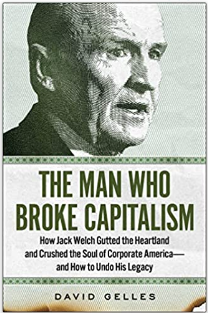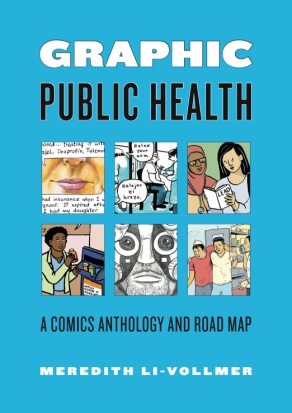Weekend reading: Foodtopia
Margo Anne Kelley. Foodtopia: Communities in Pursuit of Peace, Love & Homegrown Food. Godine, 2022.
I was asked to do a blurb for this book and readily agreed.
Foodtopia gives us a generous overview of Americans’ historic and contemporary involvement in utopian communities through the lens of their dietary beliefs and practices. From Thoreau’s Walden to Penniman’s Soul Fire Farm, the search for agrarian values and food justice should inspire us to support—and join—these movements.
If you don’t know the history of back-to-the-land movements, this is a great place to begin.
Some quick excerpts:
- Thoreau could dwell safely and comfortably on the outskirts of town not because his mom fed him or washed his clothes but because he was white, male, single, able-bodied, a local son, a keen observer, a practiced outdoorsman, a skilled forager and gardener, a capable craftsman, and friend of the landowner. Without any one of those attributes, he’d have had a tougher go of it….He could move back to town whenever he wanted.
- In turning away from mainstream food, many back-to-the-landers became vegetarian. Some wanted to eat lower on the food chain for environmental, financial, ethical, or political reasons; others simply liked thumbing their nose at the meat-eating bourgeoisie.
- …each generation of back-to-the-land utopians has been personally connected to members of an earlier one, has learned from, admired, and often loved them….by enacting their beliefs, b dreaming into being a more capacious world, the changed the existing one for all of us.
***********
For 30% off, go to www.ucpress.edu/9780520384156. Use code 21W2240 at checkout.









